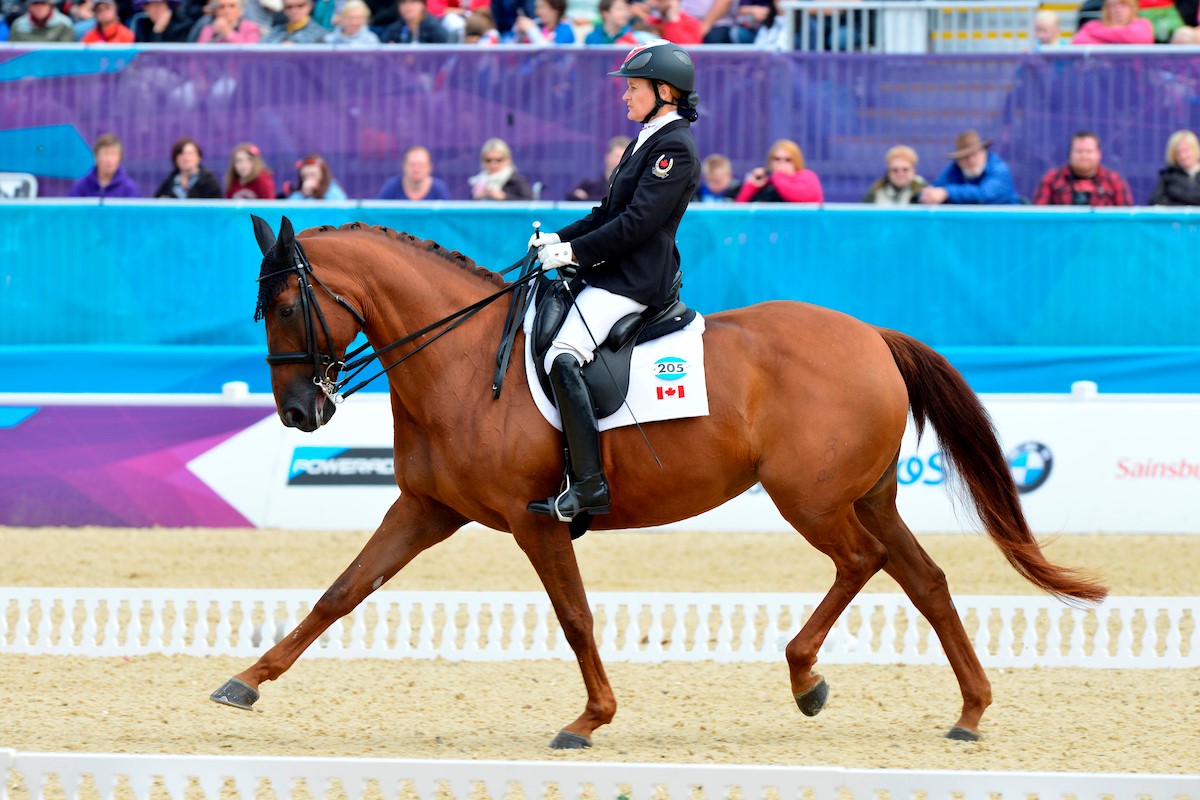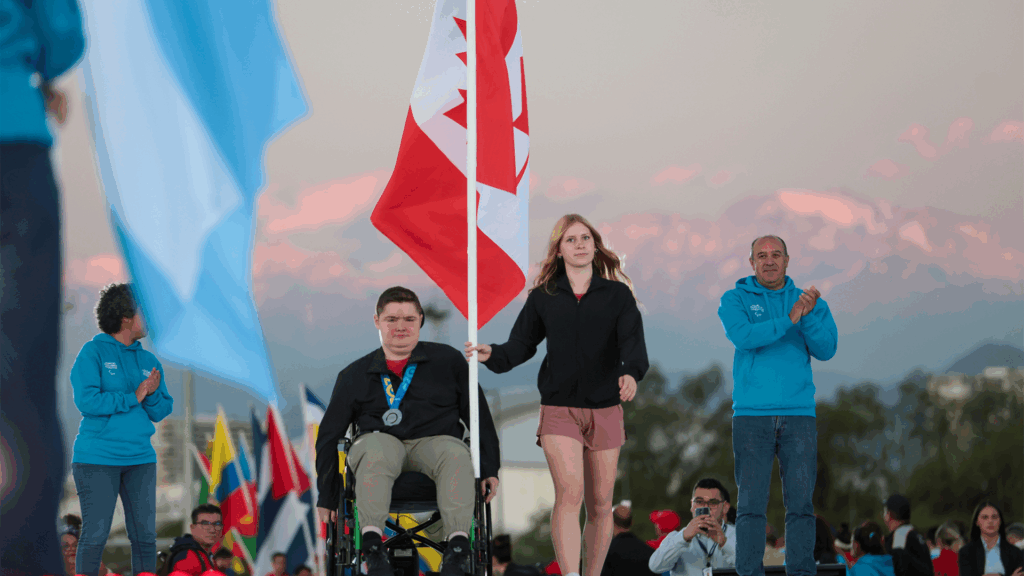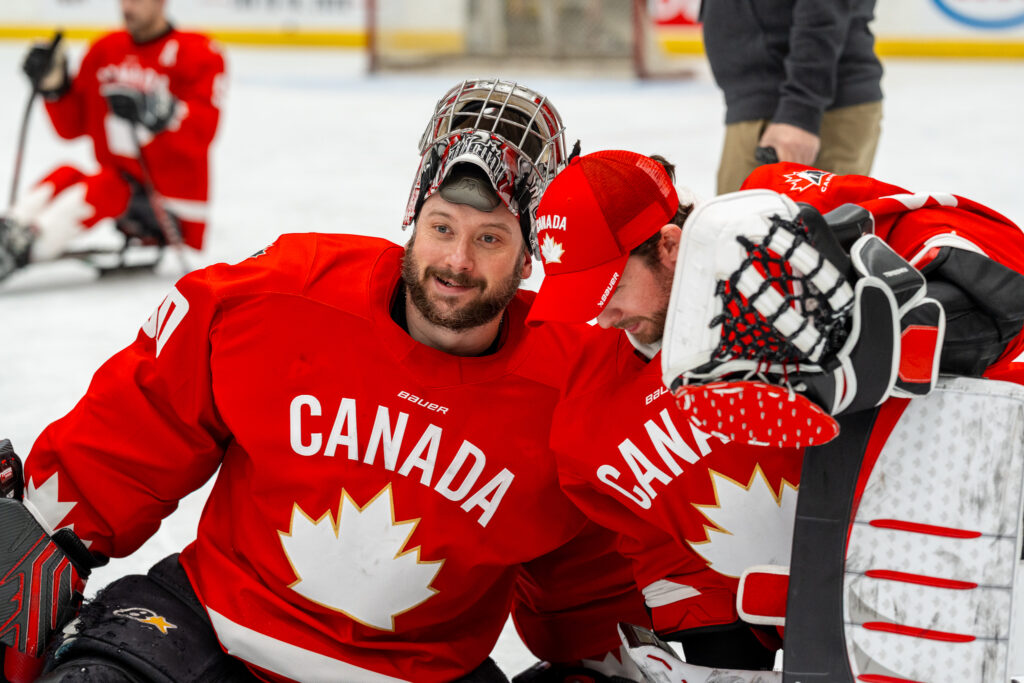Canadian women leading the charge in Para equestrian at Tokyo Games
Four-member squad looking for strong performances at Paralympics

Seasoned veterans Lauren Barwick, Roberta Sheffield and Jody Schloss are joined by 62-year-old ‘’rookie’’ Winona Hartvikson in an all-women’s line-up for Canada in Para equestrian at Tokyo 2020.
Equestrian competition at the Paralympic Games is the dressage discipline held in five different classification categories.
The riders are divided depending upon the nature and extent of their impairment, and both physically and visually impaired athletes, men and women, compete together. The level of difficulty of the test they perform is relative to their allocated grade.
Grades I to III ride in the smaller dressage arena (20m x 40m) while grades IV and V ride in the larger (20m x 60m) one, which matches the one used in Olympic dressage. Para riders compete for two individual medals per grade and an overall team medal.
Barwick of Aldergrove, B.C. and Sheffield (based in Lincolnshire, England) are in Grade III while Schloss (Toronto) and Hartvikson (Langley, B.C.) compete in Grade I.
Barwick, a former professional stuntwoman in the film industry, is heading to a fifth Paralympics and is riding aboard Sandrino. The 2015 Canadian Disability Hall of Fame inductee won gold in the freestyle and silver in the individual event at the 2008 Games in Beijing. She was also in Athens in 2004, London 2012 and Rio 2016.
Sheffield, also a qualified riding coach, is a returnee from Rio 2016 and riding Fairuza. She’ll face new competition in Tokyo as she was reclassified in 2018 from Grade IV based on an assessment that the level of impairment caused by her condition – chronic rheumatoid arthritis – had increased.
Schloss, who published her life story ‘From Anguish to Hope’ earlier this year, is also set to become a two-time Paralympian after competing in London. Her horse is Lieutenant Lobin and the pair posted strong results over the 2019 season including a golden sweep at the Caledon Spring Jubilee.
Hartvikson makes her Games debut at age 62 aboard Onyx. She brings more than 30 years of experience to the sport and was 10th at the world championships in 2018. She was Equestrian Canada’s Para-Dressage High Performance Athlete of the Year that season.
Top opponents for Schloss and Hartvikson in Grade I include Jens Dokkan of Norway, the only Para equestrian rider to have competed at every Paralympic Games since Atlanta 1996, when the sport was introduced. He is the current European champion in grade I and dominated his grade with international wins through 2019 and early 2021.
Also watch for Roxanne Trunnell of USA, the current world No. 1 and world record score holder for the individual test, a mammoth 83.334%.
In Grade III, Barwick and Sheffield can expect tough competition from Tobias Joergensen, the breakthrough star of the 2019 European Championships with two gold.
In dressage at the Paralympics, judges are looking at the movement of the horse only, not the rider. They judge against set criteria including rhythm, suppleness, contact (between horse and rider), impulsion (the flow of forward movement from the horse’s hind quarters), straightness (the alignment of the horse’s feet), and collection (the balance of the horse and rider). Tests normally last between four and five minutes.
The Para equestrian events in Tokyo run from August 26-30 with the individual test in grade I and grade III on August 27, the team test on August 28-29 and the freestyle test for all grades August 30.



"*" indicates required fields
"*" indicates required fields